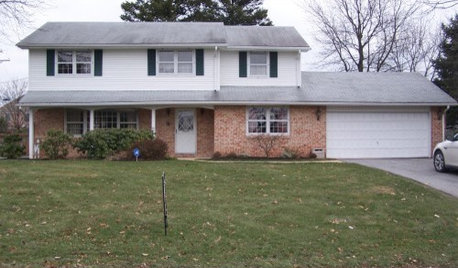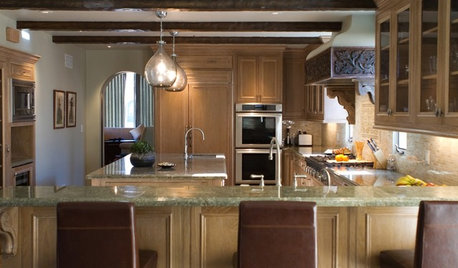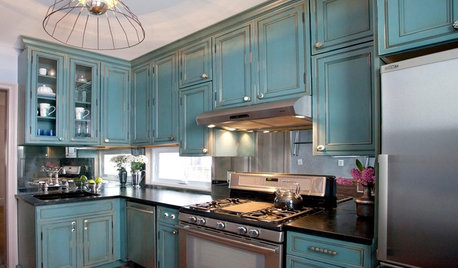Euro cooktop wiring question
plllog
14 years ago
Related Stories


KITCHEN DESIGNA Cook’s 6 Tips for Buying Kitchen Appliances
An avid home chef answers tricky questions about choosing the right oven, stovetop, vent hood and more
Full Story
KITCHEN DESIGNHow to Choose the Right Hood Fan for Your Kitchen
Keep your kitchen clean and your home's air fresh by understanding all the options for ventilating via a hood fan
Full Story
KITCHEN DESIGNHouzzers Say: Top Dream Kitchen Must-Haves
Tricked-out cabinets, clean countertops and convenience top the list
Full Story
KITCHEN DESIGNHow to Find the Right Range for Your Kitchen
Range style is mostly a matter of personal taste. This full course of possibilities can help you find the right appliance to match yours
Full Story
DECLUTTERINGFoolproof Ways to Declutter Your Kitchen
If you find yourself fumbling through cupboards to find what you’re looking for, it’s time to take action with these simple steps
Full Story
KITCHEN APPLIANCESLove to Cook? You Need a Fan. Find the Right Kind for You
Don't send budget dollars up in smoke when you need new kitchen ventilation. Here are 9 top types to consider
Full Story
HOUZZ TOURSMy Houzz: LEDs and a Living Wall Color a Minimalist Slovakian Home
Thanks to a modern overhaul, this small Central European apartment is now a testament to efficiency and thoughtful design
Full Story
KITCHEN DESIGNDisplaying Kitchen Supplies — Hot or Not?
Do some kitchens just beg for a cozy row of canisters and gear for all to see? Have a look and let us know what you think
Full Story
KITCHEN DESIGNKitchen of the Week: Turquoise Cabinets Snazz Up a Space-Savvy Eat-In
Color gives a row house kitchen panache, while a clever fold-up table offers flexibility
Full StoryMore Discussions









Ron Natalie
ionized_gw
Related Professionals
Cumberland General Contractors · Dorchester Center General Contractors · Fremont General Contractors · Groton General Contractors · Modesto General Contractors · Rancho Santa Margarita General Contractors · West Melbourne General Contractors · Bell Gardens Solar Energy Systems · Green Valley Solar Energy Systems · Bay Point Home Automation & Home Media · Fort Collins Home Automation & Home Media · Franklin Home Automation & Home Media · Lakewood Home Automation & Home Media · Lincolnwood Home Automation & Home Media · Margate Home Automation & Home MediaplllogOriginal Author
weedmeister
brickeyee
llaatt22
llaatt22
plllogOriginal Author
davidro1
brickeyee
plllogOriginal Author
weedmeister
pharkus
Ron Natalie
davidro1
plllogOriginal Author
plllogOriginal Author
davidro1
ionized_gw
pharkus